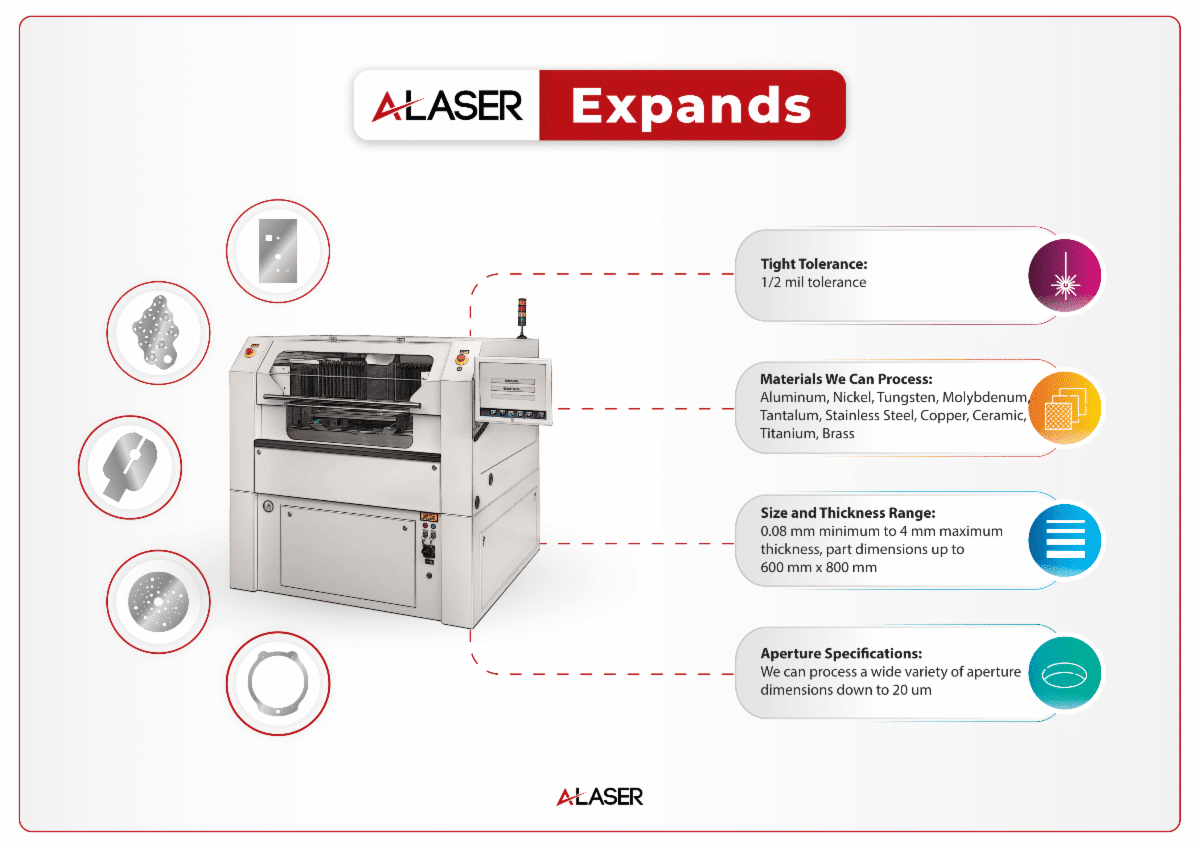Metal Laser Cutter Services
Metal laser cutters are at the forefront of manufacturing technology, offering an unparalleled combination of precision, speed, and versatility. Whether you’re working on intricate designs or cutting through thick metal sheets, laser cutting has become the preferred method across industries like automotive, aerospace, electronics, and more. Understanding the advantages and potential challenges of using metal laser cutters can help you make the best choice for your project needs.
What Is a Metal Laser Cutter?
A metal laser cutter is a high-powered tool that uses a focused laser beam to cut, shape, or engrave various types of metals. This technology delivers clean, precise cuts, making it ideal for applications in industries such as aerospace, automotive, medical devices, and more.

The Perks of Using Metal Laser Cutters
Metal laser cutters stand out for their high performance, delivering exceptional benefits that make them an essential tool for modern manufacturing processes:
-
Precision and Accuracy: One of the biggest advantages of metal laser cutters is their incredible precision. Laser beams can be focused to a very fine point, allowing for detailed and intricate cuts with minimal material wastage. This is especially beneficial in industries where tight tolerances are crucial, like aerospace and medical devices.
-
Speed and Efficiency: Laser cutting technology is known for its rapid processing speeds, significantly reducing the time needed to complete complex projects. This efficiency not only enhances productivity but also leads to lower production costs in the long run.
-
Versatility: Metal laser cutters can handle a wide range of materials, from stainless steel and aluminum to brass and titanium. This versatility makes them an ideal choice for various applications, including cutting, engraving, and marking different types of metals.
-
Minimal Material Deformation: Due to the concentrated nature of the laser beam, there’s minimal heat impact on the surrounding areas of the material, reducing the risk of warping or deforming the metal during the cutting process.
-
Low Maintenance and Automation-Friendly: Modern laser cutters are designed for ease of maintenance and can be integrated with automation systems. This capability reduces manual intervention, increases operational accuracy, and ensures consistent results.
Troubleshooting Guide for Common Metal Laser Cutting Issues
While metal laser cutters offer numerous benefits, users may encounter specific challenges during the cutting process. Knowing how to troubleshoot these problems is crucial for maintaining optimal performance and ensuring the longevity of your equipment. Here’s a detailed guide to some common issues and solutions:
| Common Issue | Possible Causes | Recommended Solutions |
|---|---|---|
| Burnt Edges | Too much laser power, slow speed | Reduce power, increase cutting speed |
| Jagged Cuts | Improper focus, unstable work surface | Adjust focus, stabilize the material |
| Laser Not Cutting Through | Low power, incorrect material settings | Check power settings, confirm material compatability |
| Frequent Maintenance Needed | Dust accumulation, poor cooling | Regular cleaning, upgrade cooling system |
Why Understanding Troubleshooting is Important
Having a solid understanding of common issues of metal laser cutters and their solutions can save you time and money. It also ensures that you get the best performance out of your laser cutter, preventing costly mistakes and production delays. Most of these issues are manageable with routine maintenance and proper calibration, making it easy to maximize your machine’s potential.
How to Choose the Right Metal Laser Cutter
Choosing the right metal laser cutter isn’t a one-size-fits-all decision—it depends on your specific project needs, including the type of metal you’re working with, the precision required, and your overall budget. To help you make the best choice, ask yourself the following questions:
Key Questions to Consider
-
What type of metal are you cutting?
Stainless steel
Aluminum
Brass/Copper
Other -
What’s your priority?
Maximum precision
High-speed production
Cost-effectiveness -
What’s the scale of your project?
Prototyping
Small batch production
Large-scale production
By considering these factors, you’ll have a clearer idea of which laser cutter type best fits your needs. However, choosing the right equipment can still be challenging without expert guidance. For tailored advice on selecting the ideal metal laser cutter for your specific requirements, our team is here to help. Contact us today to discuss your project and find the perfect solution!
